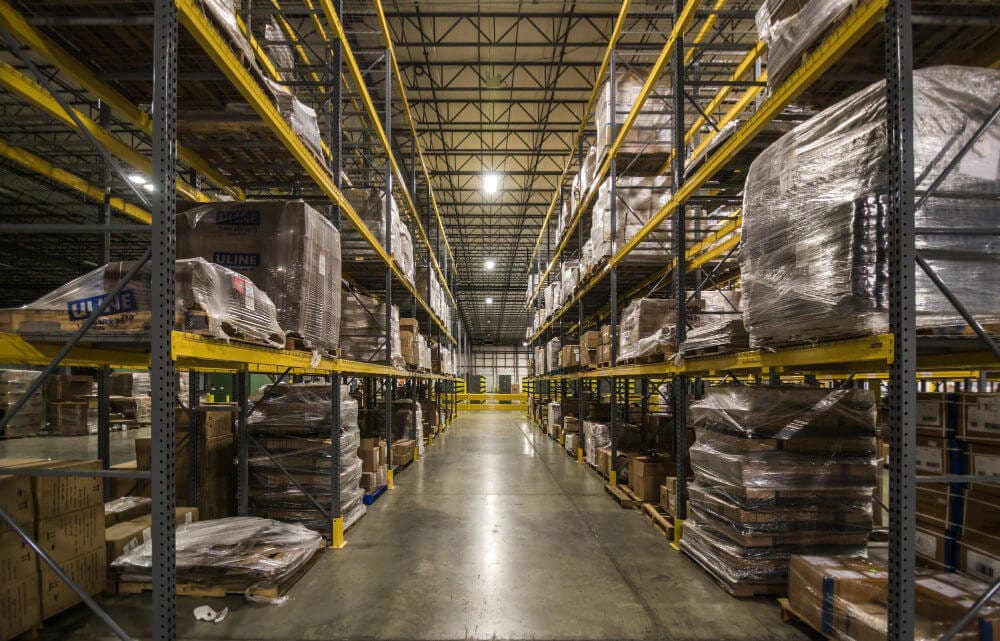A Delivery Game-Changer: Investigating Fulfilment Centers

In the ever-evolving landscape of global trade, the rise of fulfillment centres is reshaping the way businesses manage international shipping. These facilities serve as pivotal hubs, where inventory is stored, packaged, and shipped to customers around the world. With the increase in online shopping and cross-border transactions, this efficiency and speed of shipping have become paramount, making fulfillment centres a game-changer for companies seeking to enhance their logistics operations.
By leveraging advanced technology and strategic locations, fulfilment centres streamline this shipping process, reducing delivery times and costs. They enable businesses to respond rapidly to market demands, ensuring that products reach customers in different countries without any usual delays associated with traditional shipping methods. As companies adapt to the challenges of international commerce, fulfillment centres are proving to be essential in achieving seamless and efficient distribution networks.
What constitutes a Fulfillment Center?
A fulfillment center is a dedicated storage facility or distribution hub that takes care of the storage, packing, and shipping of products for online retailers. These facilities serve as critical points in the distribution network, allowing businesses to control their stock more efficiently and respond to customer requests swiftly. With the rise of online shopping, fulfillment centers have become essential for companies looking to provide products quickly to customers around the globe.
In a standard fulfillment center, a variety of activities take place. After receiving deliveries from manufacturers or vendors, the products are kept until they are requested. When an order is made, workers select and pack the items, preparing them for dispatch. Sophisticated technology, such as automated systems and stock control programs, is often employed to ensure accuracy and efficiency in processing orders. This configuration allows businesses to expand operations without the need for significant spending in property or labor.
Moreover, fulfillment centers are carefully positioned in strategic areas to enhance shipping routes and shorten delivery times. By using a network of fulfilment centre s, businesses can provide faster delivery choices to their clients, whether through standard delivery or expedited services. This geographical benefit not only enhances customer satisfaction but also assists businesses stay relevant in the international arena. spintax ## Benefits of Fulfillment Centres
Fulfilment centres significantly enhance the effectiveness of global shipping by positioning products nearer to major markets. This tactical location reduces shipping times, enabling businesses to deliver goods to customers more rapidly. As a result, customers experience shorter wait times, leading to improved satisfaction and higher loyalty. Companies can also capitalize on local demand, optimizing inventory management while reducing delivery costs.

A further key benefit of fulfillment centers is the scalability they offer. Businesses can readily adapt their operations based on periodic demand or market trends without the necessity for large initial investments in warehousing. This agility allows companies to expand their reach into new markets or respond to changes in consumer behavior swiftly. With the ability to scale upwards or downwards, businesses can focus on growth while maintaining control over the logistics.
Furthermore, fulfilment centres often provide advanced technology solutions that streamline order processing and inventory management. Automated systems can track inventory levels in real-time, reducing the chances of stockouts or overstock situations. Additionally, these centers usually offer integrated shipping solutions which simplify the logistics process. By outsourcing fulfilment to these specialized centres, businesses can liberate resources and focus more on core operations, driving overall success in the competitive international marketplace.
Challenges and Factors
Although fulfilment centres offer substantial advantages for streamlined international shipping, businesses must address several challenges when adopting this strategy. One primary concern is the initial setup cost, which can be substantial depending on the location and scale of the centre. Companies need to assess whether the long-term savings in logistics efficiency will outweigh these initial investments. Additionally, the selection of an ideal location is critical; nearer proximity to important markets can shorten shipping times but may also come with higher costs.
Another issue is the complexity of overseeing inventory across multiple fulfilment centres. Businesses must create robust systems to monitor stock levels and manage shipments to ensure that orders are processed efficiently and accurately. This demands investment in tech solutions and educating staff, which can increase to operational costs. Furthermore, varying regulatory requirements across different countries can hinder logistics, forcing firms to stay informed and aligned with multiple customs and tax systems.
Lastly, businesses must think about the impact of fulfilment centres on client service. While quicker shipping times can enhance client satisfaction, any possible delays or inaccuracies in order fulfilment can lead to negative experiences. Companies should adopt strong communication strategies and customer support to resolve issues swiftly. Balancing efficiency with customer expectations sits at the heart of successfully utilizing fulfilment centres for international shipping.
